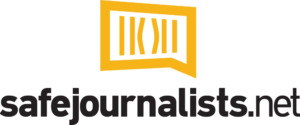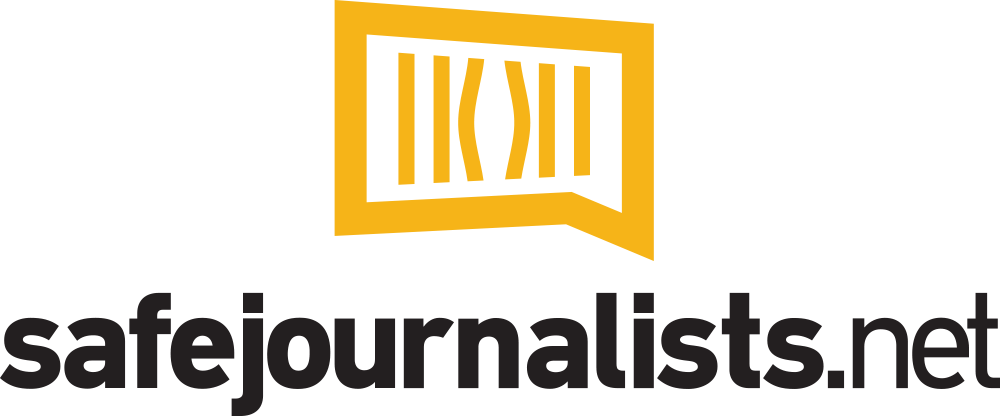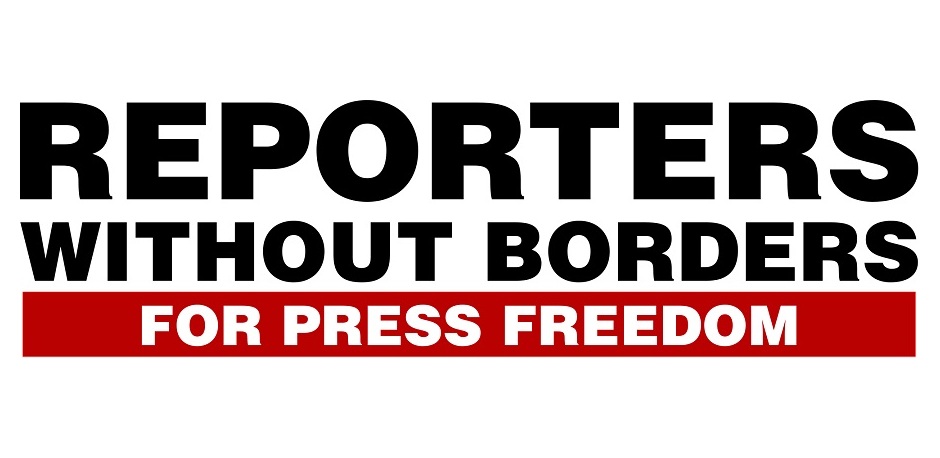Background: main trends in 2017
The media landscape of the six Western Balkan countries: Albania, Bosnia and Herzegovina (BiH), the former Yugoslav Republic of Macedonia, Montenegro, Serbia and Kosovo, is marked by similar trends and challenges.
Transition to media freedom in the region is not complete, and as the Commission’s 2016 annual reports reveal, ‘no progress’ has been made in improving the overall environment. The trend of media freedom erosion is particularly visible in FYR Macedonia, whose press-freedom ranking has declined the most. A recent comparative overview of the state of play of media freedom concluded that the media’s watchdog role in the region is being undermined by poor implementation of existing laws; clientelism, politicisation and corruption and insufficient political will to promote media pluralism and independence.
In 2016, Transparency International warned of direct and indirect pressure exerted on the media. Increasing attacks, smear campaigns, vilification of investigative media, hate crimes and defamation suits against journalists, and de facto impunity can be observed throughout. Self-censorship, triggered by both subtle and overt factors, is also on the rise.
External influence, particularly through Russia’s information operations, has also allegedly grown, prompting calls for the EU to consider measures for increasing its own visibility in the region.
Current challenges
The Commission’s country reports outline several categories of challenges that obstruct media freedom, each affecting the individual countries to a different extent.
Intimidation of journalists
Intimidation of journalists has been described as pervasive and examples abound, as a Human Rights Watch overview suggests. Some recent cases include threats with explosive devices and death threats in Kosovo; attacks against investigative media, an ‘enemy of the state’ accusation and a sentence for an unauthorized publication in Serbia. Impunity for crimes against journalists is also a challenge. Montenegro’s pending case of a 2004 murder and Serbia’s three long-unresolved murder cases are often cited as examples.
Media rules and their implementation
According to the Commission, media legislation in the Western Balkan countries is fairly up-to-date and aligned with EU standards. Yet, lack of implementation of existing rules leads to a media environment not conducive
to the full exercise of media freedom. For example, while in theory journalists’ sources enjoy legal protection, the authorities have frequently tried to circumvent this; requests for access to public information have often been refused; and regulatory bodies’ editorial independence has been undermined.
While implementation needs to be reinforced, gaps and country-specific issues also remain to be addressed: in Kosovo, media legislation is seen as ‘fragmented and ineffective’; in BiH, media-related legislative initiatives are hindered by political and ethnic divides, and in FYR Macedonia, amendments to media laws are part of the Commission’s 2015 urgent reform priorities, required to pull the country out of its political crisis.
Public service broadcasters
Independent and efficient public service broadcasters (PBSs) are crucial for media pluralism, but as a 2016 Analitika report points out, their legitimacy is at stake and they face three existential threats: ‘political colonization and instrumentalisation’; a broken funding model (particularly BiH and Kosovo); and inability to redefine their structure, operation and services and to adjust to new technological realities.
Osservatorio Balcani e Caucaso suggests that the public-service media’s plight serves as a ‘barometer’ for the state of media freedom and argues that the political grip on the PSBs prevents them from serving the public interest. It highlights that in practice, their editorial policies are prone to direct and indirect pressures.
Media ownership and funding
A 2014 European Parliament study draws attention to the ‘non-transparent financial dependencies of media outlets, the overwhelming share of state aid and/or state advertising in media funding and its arbitrary distribution’. The lack of transparency of media ownership and funding sources, together with the alleged opaque functioning of the media market, remain a concern. In BiH and Kosovo, most media do not disclose information on their finances or real ownership. In Serbia, unclear ownership structures and state financing, especially at local level, have been an issue since the privatisation of state media. In FYR Macedonia, some TV stations and newspapers are owned by individuals who are alleged to have close links with the government.
Social protection and pay
The general picture is one of low social protection and pay for journalists. A mixture of low wages paid late, little job security and no or easily terminated contracts, represents a direct form of pressure that fuels the spread of self-censorship, hinders independent, quality journalism and favours ‘tabloidisation’ instead.
Journalists’ unions and labour laws are crucial for alleviating these issues, but although they exist, their influence is limited and journalists are often penalised for belonging to a trade union.
What is the EU doing?
As media freedom is an enlargement priority, the EU monitors closely its aspirants’ media landscape, mainly through the European Commission’s annual country reports and, once accession negotiations start, through acquis chapters 10 (Information society and media) and 23 (Judiciary and fundamental rights).
To raise awareness about media freedom issues in enlargement countries, the EU held three Speak-Up! conferences with multiple stakeholders from the region. In 2014, it adopted guidelines for EU support to media freedom in the enlargement countries for 2014-2020, to build on previous efforts and translate political objectives into a long-term framework of desired outcomes and indicators to monitor them. In practical terms, the Commission provides financial assistance under its 2014-2020 Instrument for Pre-accession Assistance.
Examples of EU-funded projects include a regional award scheme for investigative journalism, launched in 2015, and a regional platform for advocating media freedom and journalists’ safety, launched in 2016.
European Parliament’s position
In a 2013 resolution on media freedom across the EU, the EP called for stronger emphasis on protection of freedoms, particularly the freedom of speech, in further EU accessions. The EP also backed a pilot project on media freedom, the European Centre for Press and Media Freedom, whose scope includes enlargement countries.
In January 2017, during a parliamentary debate on the Western Balkans in the EP’s Committee on Foreign Affairs, its chair and 2016 rapporteur for Serbia, David McAllister (EPP, Germany), stated that the lack of media freedom is among the issues of increasing concern. In its 2017 resolutions on the Commission’s country reports, the EP deplores the limited progress in that area and highlights the critical importance of professional and independent private and public-service media. It deplores the political pressure, the merging of media, political and government activities, and the widespread self-censorship.
The EP urges the aspirant countries to create a safe media environment, conducive to objective and accurate reporting, and calls for a proactive role for professional organisations and self-regulatory bodies; an efficient judicial system; political commitment; and a greater role for civil society, all of which contribute to the improvement of the media climate in the long term.








